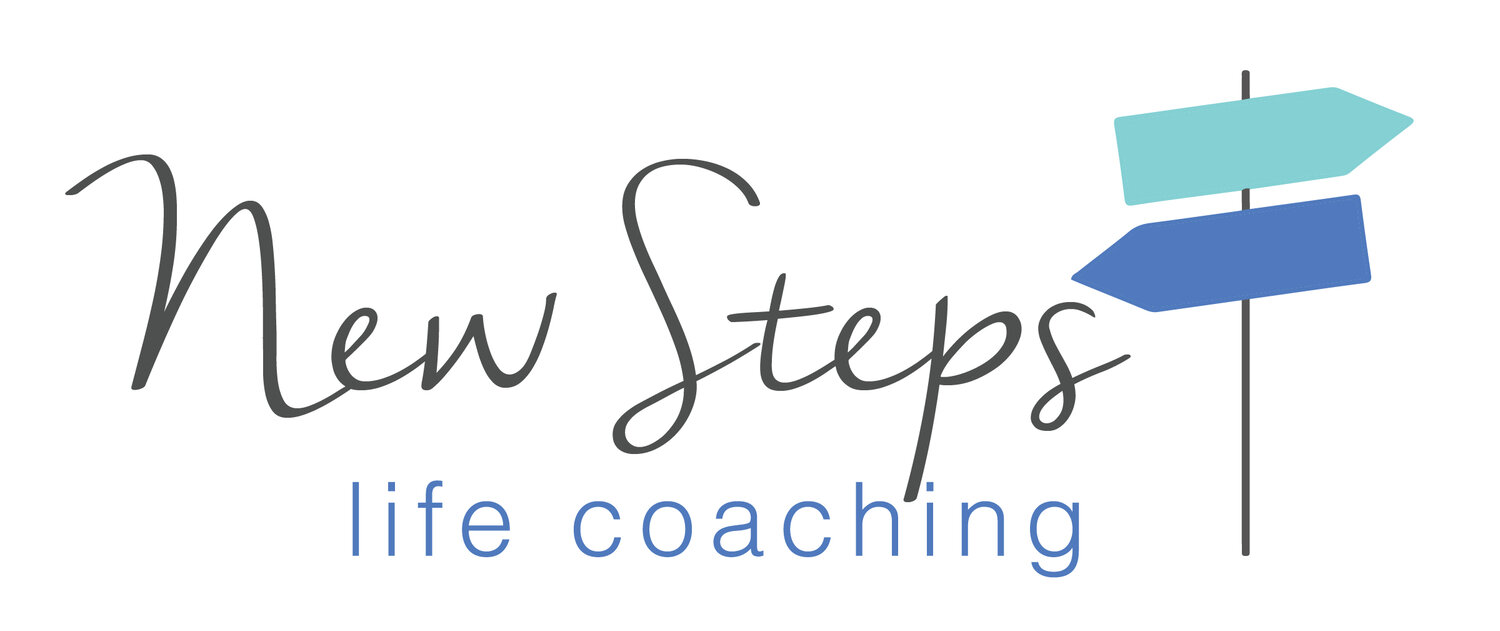3 Keys to Managing Negative Inner Dialogue
/We’ve all experienced times when our inner dialogue attempts to sabotage our confidence or goals. Negative self-talk can prevent us from achieving our true potential and can result in added stress or anxiety. But how do we overcome this?
Shirzad Chamine’s book, Positive Intelligence, shows us how to defeat our internal foes. Based on his research, his book discusses ten mental Saboteurs as well as ways to conquer them using the power of your mind.
I’d like to share the three keys that I am taking away from his research, his program, and the results people are getting, including myself. And I’m excited to announce that I am now a Positive Intelligence coach – with one more tool to add to my toolbelt!
These keys will help you manage your Inner Dialogue (the constant chatter our mind generates every minute, hour, and day).
Key #1: Recognize the Three Kinds of Inner Thoughts:
Positive, Negative, or Neutral
Positive thoughts generate positive feelings and are inspiring, curious, patient, and accepting to name just a few qualities.
Neutral thoughts are, essentially, facts. The sky is blue, the dog ate my homework, etc.
Negative thoughts are often generated from the fight-or-flight region of our brain and are the cause of much of our stress, anxiety, procrastination, perfectionism, impatience, and more.
Here is an example using all three types of thoughts for the same situation:
Negative: I’ll never get all this done today!! (Feeling panicky)
Neutral: I have 10 things I’d like to do today. (Feeling neutral with a hint of acceptance)
Positive: I will focus on getting these three main things done first and then evaluate what is next. (Feeling enthusiastic, ready to take charge, focused.)
You might get all 10 things accomplished from any of these perspectives, but the Negative thinking will leave you feeling exhausted for sure!
Key #2: You get to choose which channel to listen to
Raising your awareness to notice the internal running commentary is the first step to changing the channel! Would you rather listen to a doubting, nagging, perfection-seeking, drill sergeant or a compassionate and laser-focused voice that is curious, innovative, and motivated? Channel 2, please!
You know which channel you are listening to based on how you feel. The negative voice, such as your inner judge, is what causes you to feel anxious, stressed, overwhelmed, and drained. That same judge causes you to react negatively to yourself, others, and difficult situations as well. When we keep listening to this channel, we get more and more upset and stuck.
Once you’ve heard the negative message, acknowledge it and then change the channel.
Key #3: Practice will change your brain and bring more happiness and success
I was never much for meditating, and I’m still not an active practitioner – not really. What I’m doing is interrupting my Saboteur messages and finding a full assortment of ways to calm my thoughts and recenter myself; focused breathing is the easiest. There is a ton of research that proves that our minds are “trainable”, adaptable, and will physically change if we do meditative-like activities. Don’t you want to build a “Calm” muscle and weaken the “Panic” muscle?
When you hear the Saboteur thoughts in your mind, or feel increasingly negative, name it, and take 3 slow deep breaths. Concentrate on your breath. Feel the air as it flows into your nose and out. Put your hand on your belly and notice the rise and fall as you breathe in and out. Now, from that calmer place, decide which positive thoughts will guide you.
“I CAN do this!” “I will work on one project at a time.” I will break this project into many smaller steps.” “If I ask, instead of assuming, I’ll probably find the right answer.” “I have time to take a walk.”
Challenge: Apply this to your everyday life
Notice what you are thinking about.
If it is negative, name it, practice breathing, and change the channel.
Practice 5 new ways to look at a challenging situation each week. Here are a few prompts to help get you started.
· What is the new opportunity here?
· How can I approach the problem from a new perspective?
· How can I add self-care and self-compassion into my day?
For 12 years I’ve been helping people go through the steps of noticing, naming, and shifting focus. Now I have a wonderful tool to offer you from your Smartphone as well. If you’d like to know more about the Positive Intelligence program and phone app, please contact me.














